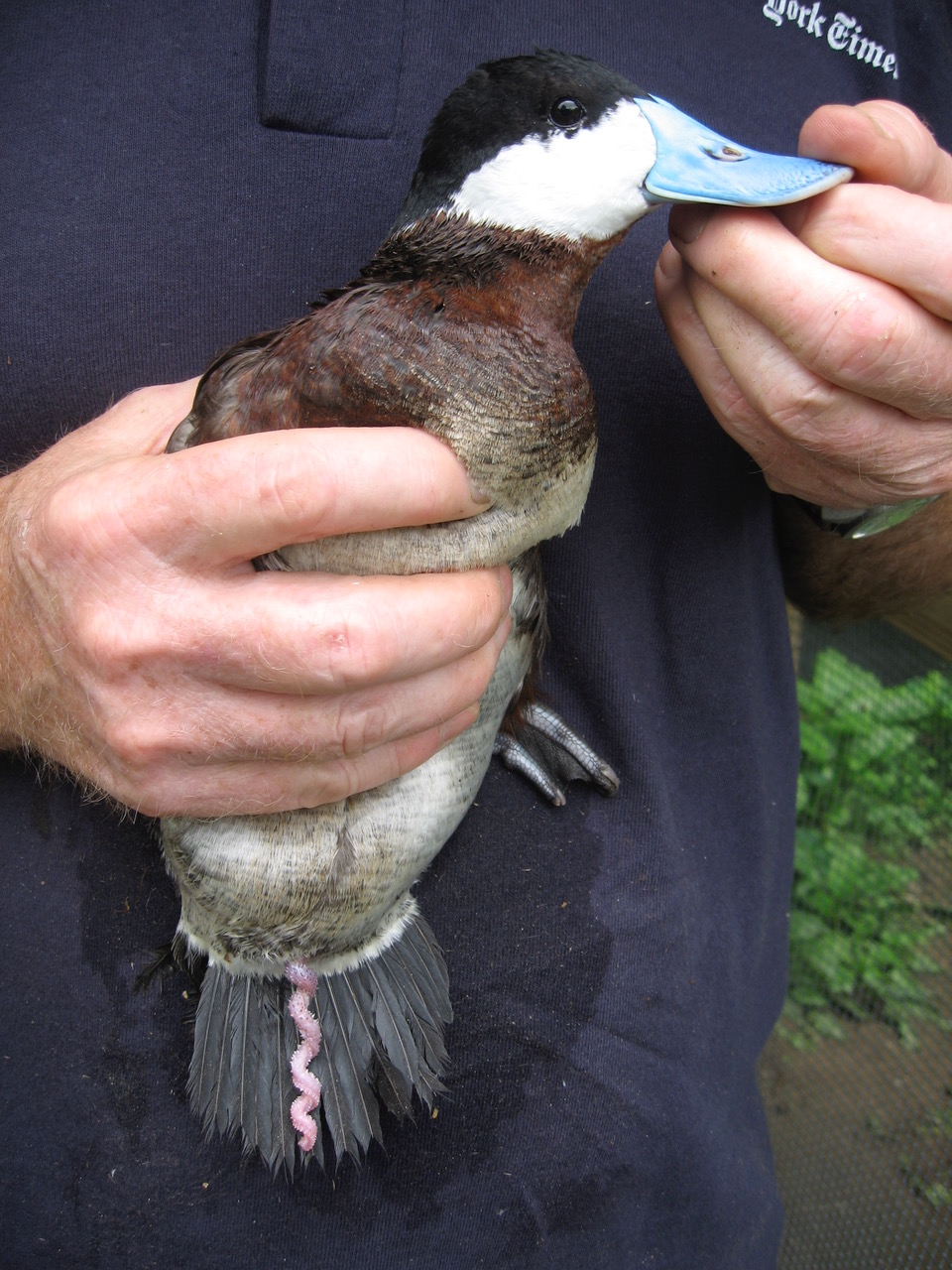Being a Male Duck Is One Big Dick Measuring Contest
Credit to Author: Lisa Cumming| Date: Wed, 20 Sep 2017 04:01:00 +0000
There are only a few species of birds that have penises. Ducks, which are among them, have earned a reputation for having some of the most bizarre genitalia of all—corkscrew-shaped penises and complex vaginas with dead ends and false passages. Some duck penises are relatively massive. A group from Alaska recorded a ruddy duck with a 42 cm long penis, much longer than the bird itself, duck penis expert Patricia Brennan recently told me over the phone.

Brennan is lead author on a new study from The Auk: Ornithological Advances looking at whether a duck’s social environment impacts the growth and ultimate size of its penis. The study found that social environment does play a part in how long these birds’ penises grow, suggesting that some can grow larger dicks to compete with other males.
Brennan, a visiting lecturer of biological sciences at Mount Holyoke College in Massachusetts, found in earlier research that male and female duck genitalia have coevolved. You see, female ducks have these very complex vaginas in response to the male ducks forcing themselves on them. In what’s been called a sexual arms race, male ducks have developed long, spiral-shaped penises to get around the challenges of tricky duck vaginas.
Duck genitals are kept inside-out in a sack inside their bodies. The male duck thrusts it outwards whenever he feels the moment is right. Brennan caught the action on video during earlier research. (It’s a must watch.)
Video: Science News/Vimeo
“This co-evolution is actually the result of an arms race over the control of reproduction, because male ducks force females to copulate and females don’t like it at all,” Brennan said. “So [the females] have evolved this anatomy that allows them to prevent males, essentially, from being successful during these forced inseminations.”
“They’re at the evolutionary end of how far you can push a penis”
Brennan’s new paper focuses on what conditions drive penis size. She looked at the ruddy duck, which is known to be very promiscuous, and the lesser scaup, which has a smaller penis and forms seasonal pair bonds. She observed both groups over two years.
Brennan hypothesized that a larger penis might evolve in response to female ducks’ preference. “Maybe the females love big penises because they indicate something about the males,” she said. “But I already sort of knew that that wasn’t going to be likely, because of these forced copulations.”
The other option, she thought, is that longer penises give males an edge when they’re competing against other males for the same mating partner. In that case, it would be more about males showboating and showing off. “A male [with] a longer penis can deposit sperm a little farther inside the female,” she said.
Brennan separated both species of duck into several different groups. Lesser scaup male ducks in a group with fewer females grew longer penises (on average) than males who evenly paired with the females.
“Sperm competition and male-male competition do favour a longer penis,” she said.
Ruddy ducks are very horny ducks with extremely long penises to start off with. Brennan thought that even if she put these males in competition with other males, they wouldn’t be able to grow a longer member because their penises are already so extreme. “They’re at the evolutionary end of how far you can push a penis,” she said.
Read More: The Weirdest, Most Twisted Sex in Nature
In this group, dominant males were physically intimidating the smaller ducks. Brennan found that, as a result, some of the smaller ruddy ducks showed a reproductive delay, and took a longer time to reach reproductive maturation.
“He’s beating up everybody else so they can’t quite grow a penis as long as they normally would,” she said, explaining that the males would rush to peck any other smaller males that display to females. “So you have a bunch of males that are trying to grow these penises, and then the dominant male is trying to prevent them from doing so.”
That came as a surprise. “The reproductive suppression of dominant males is known in some [mammal] species, but in birds we didn’t really have an evidence that this could happen.”
Brennan plans to continue studying duck penises. “It’s a cool example of yet another way in which evolution can result in elaborate genitalia,” she said. “Individuals have the ability to be very strategic about when they’re going to grow longer penises or shorter penises.”
Get six of our favorite Motherboard stories every day by signing up for our newsletter.